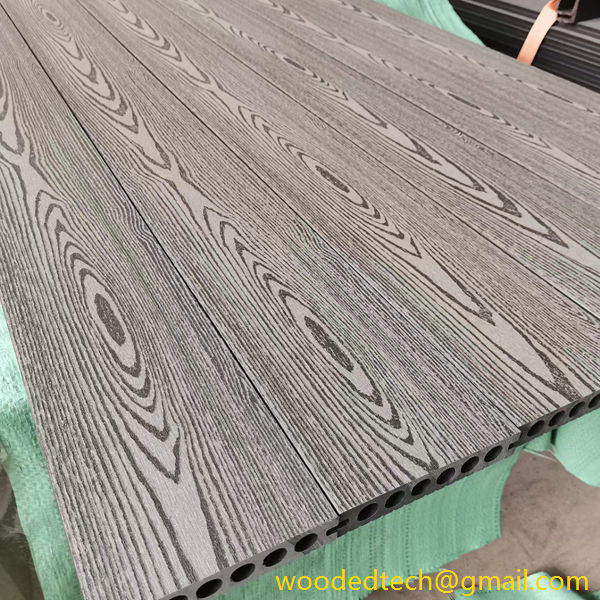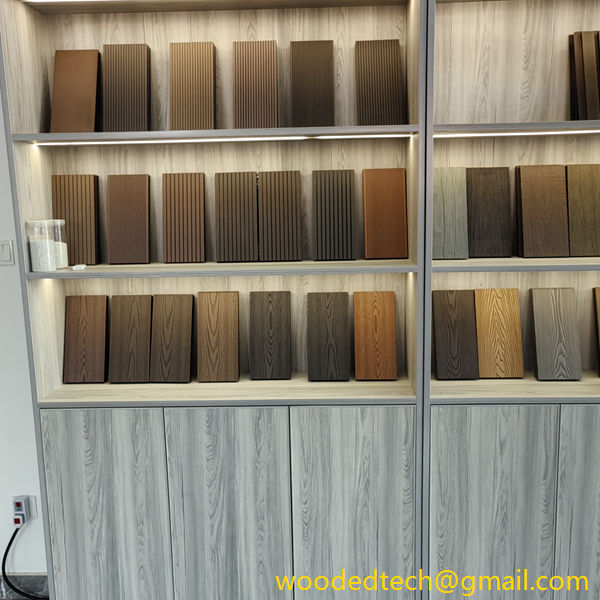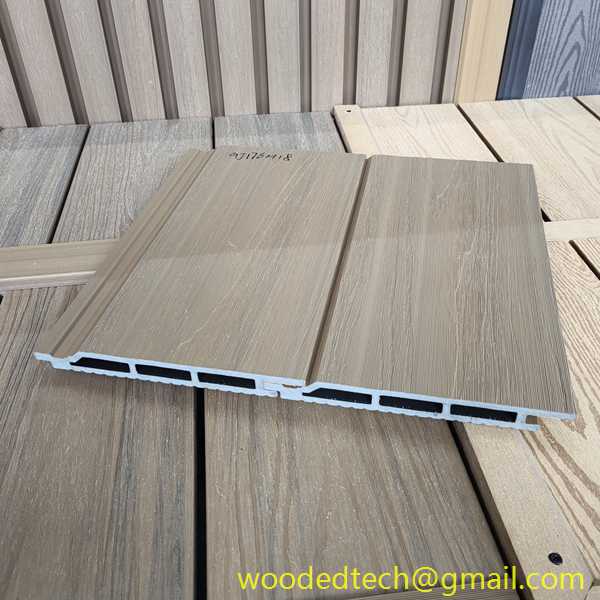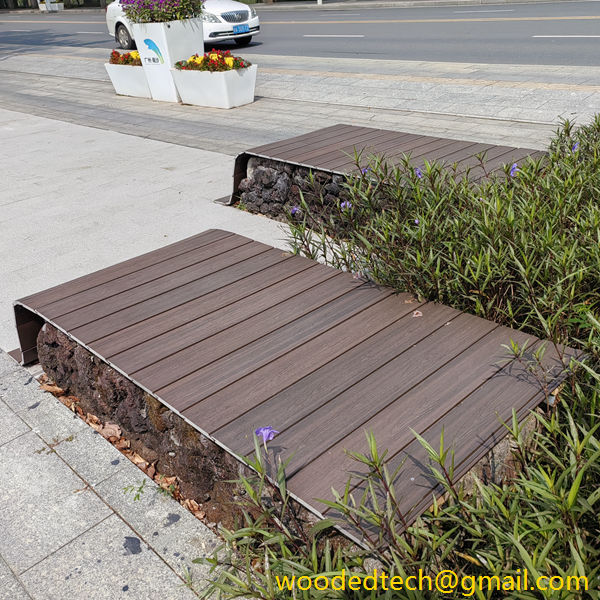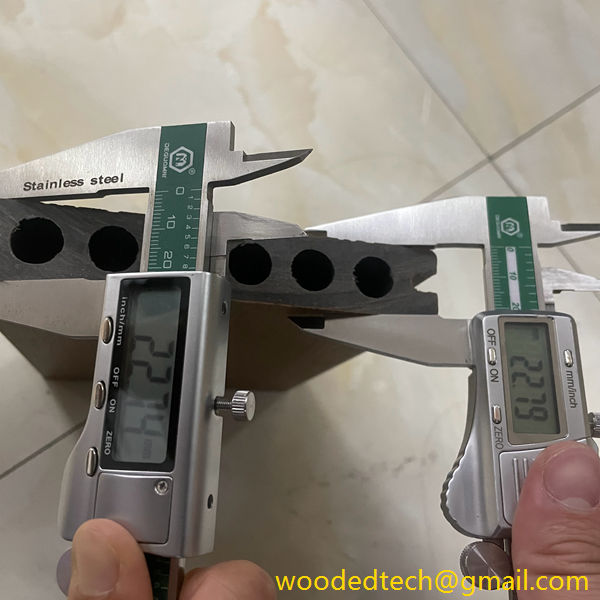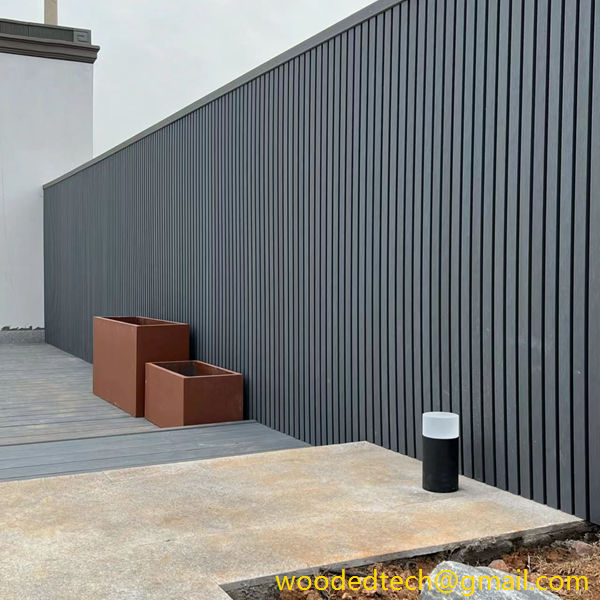Enhance Your Home with WPC Composite Wood Siding Options
In today’s world, homeowners are increasingly seeking materials that not only enhance the aesthetic appeal of their homes but also provide durability and sustainability. One such material that has gained significant popularity is WPC, or Wood Plastic Composite, which is an innovative siding option that combines the best properties of wood and plastic. Understanding the production process of WPC can help homeowners appreciate its benefits and make informed decisions when considering siding options for their homes.
The production of WPC involves a careful blend of wood fibers and thermoplastics. In the initial phase, wood fibers, which can be derived from recycled wood products or sawdust, are combined with various types of plastics, such as polyethylene or polypropylene. This combination is crucial, as it leverages the natural beauty and warmth of wood while enhancing the material’s resistance to moisture, insects, and decay. The precise ratio of wood to plastic can be adjusted to achieve desired performance characteristics, making WPC a highly customizable option for siding.
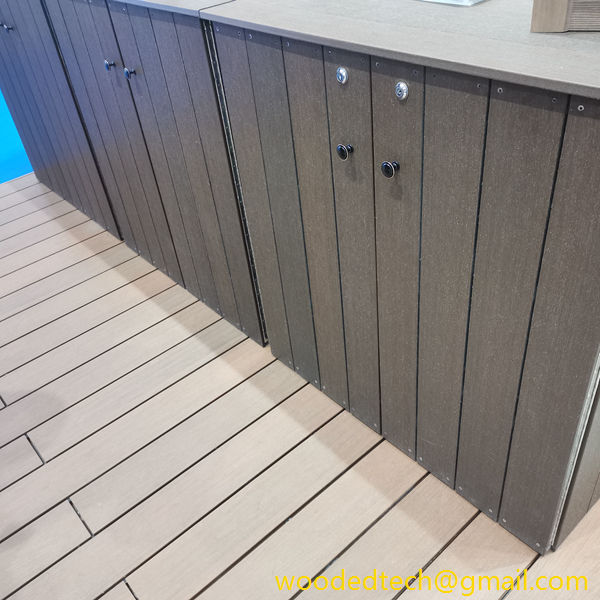
Once the raw materials are prepared, they undergo a process called compounding. During compounding, the wood fibers and plastic are thoroughly mixed together, often with additives that improve the material’s performance. These additives can include UV stabilizers, colorants, and anti-fungal agents, which further enhance the longevity and aesthetic appeal of the final product. The resulting mixture is then heated and extruded through a die, forming the boards that will eventually become siding.

After extrusion, the WPC boards are cooled and cut to the desired lengths. The cooling process is critical as it helps the material maintain its shape and structural integrity. Following this, the boards may undergo additional treatments such as surface texturing or finishing. These treatments can mimic the appearance of natural wood grain, providing homeowners with the look of traditional wood siding without its associated maintenance challenges.
One of the key advantages of WPC composite wood siding is its low maintenance requirement. Unlike traditional wood, which often necessitates regular painting, staining, and sealing to protect against the elements, WPC requires minimal upkeep. It is designed to withstand harsh weather conditions, including heavy rains and intense sunlight, without warping or fading. This resilience not only saves homeowners time and money but also contributes to the longevity of their investment.
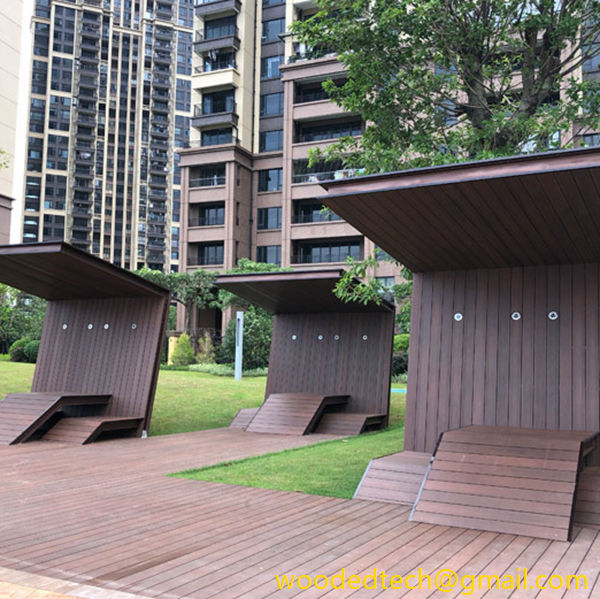
Sustainability is another crucial aspect of WPC composite wood siding. With growing environmental concerns, many homeowners are looking for eco-friendly building materials. WPC is often manufactured using recycled materials, which reduces waste and promotes sustainability. By choosing WPC, homeowners can make a positive impact on the environment while still achieving a beautiful and functional exterior for their homes.
In addition to its durability and sustainability, WPC composite wood siding offers excellent insulation properties. This can lead to improved energy efficiency in homes, as the material helps to regulate indoor temperatures, reducing the need for heating and cooling. As energy costs continue to rise, investing in energy-efficient materials becomes increasingly important for homeowners looking to save on utility bills.
When it comes to design flexibility, WPC composite wood siding shines as well. Available in a wide range of colors, textures, and styles, homeowners can choose from options that suit their personal taste and the architectural style of their home. Whether one prefers a modern look with clean lines or a rustic appearance that evokes a traditional cabin, WPC can meet diverse design needs.
Furthermore, the installation of WPC siding is typically straightforward, as it can be cut and shaped using standard woodworking tools. This ease of installation can result in lower labor costs for homeowners, making it an attractive option for those looking to enhance their homes without incurring significant expenses.
In conclusion, enhancing your home with WPC composite wood siding is a wise choice that combines aesthetics, durability, and sustainability. The production process behind WPC ensures a high-quality product that meets the demands of modern homeowners. With its low maintenance requirements, energy efficiency, design flexibility, and eco-friendly attributes, WPC is an ideal siding option for those looking to improve their homes while making a responsible choice for the environment. By opting for WPC composite wood siding, homeowners can enjoy the beauty of wood without the drawbacks, creating a stunning and lasting exterior for their homes.

